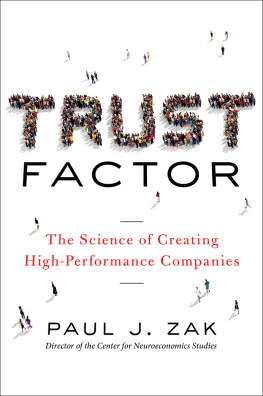CYCLING SCIENCE
How rider and machine work together
Max Glaskin

Introduction
Riding a bike is one of the most rewarding of human activities, whether it takes the form of those first tentative wobbles, a daily commute, occasional pleasure trips or the adrenalin rush of elite competition. Understanding the science of cycling is equally gratifying because it enhances both the interest in, and the sheer enjoyment of, riding.
Cycling occupies a unique niche in the world. It satisfies concerns about the environment, sustainability, health and fitness while giving millions of people the freedom to travel independently. These benefits would be mere anecdotes if it were not for the fact that thousands of scientists have studied almost every aspect of this seemingly simple activity. This book brings together their significant findings. Some were made in the nineteenth century and others within recent months.
A wide range of sciences is embraced in the book because cycling involves a surprisingly diverse array of disciplines. The fundamental principles of physics lead on to the magic of engineering and technology, which has led to the development of phenomenally efficient bikes. There are the mysteries of balance, stability and steering, as well as crucial explanations of aerodynamics. You, the rider, are also dissected and put under the microscope to reveal how you perform the ingenious and often underestimated trick of cycling.
This is not a manual or a training guide. It goes deeper than such books, but it will help everyone to get more from their cycling whether for commuting, riding for pleasure or racing to win because it is accessible to all. Cycling is about travelling easily and using your energy efficiently. Without a doubt, your potential to do so can be boosted by your knowledge of the science.
Scientific discoveries are not always easy to comprehend, but this book presents them in a straightforward way. The Question-and-answer pages contain unique info-graphics that convey scientific results very clearly. Every science question is mirrored by a question posed by a cyclist. The text and the info-graphics combine to answer them both.
Science behind success While cycling is a simple activity enjoyed by over a billion people worldwide, among the professionals it is an intensely scientific sport. Every technological improvement, from the efficiency of the bicycle and the aerodynamics of the riders clothing and helmet, to the effectiveness of a teams training programme, can potentially mean the difference between winning a race and making up the numbers in the peloton.
The Equipment pages show how and why crucial elements of the bicycle and cycling have evolved since 1817, when the first steerable two-wheeler was invented. It was a horse substitute introduced because feed prices had rocketed due to crop failure caused by volcanic ash clouds. So, events that are now properly understood through science were fundamental to the birth of the bicycle.
It is all very well explaining the what, why, how, and when, but, apart from riding a bike, little can bring a cyclist closer to their favourite activity than a world-class photograph. So, the photographic Science in Action feature pages reveal how the principle is applicable to the practice, while at the same time conveying the drama, excitement and human endeavour that is cycling.
Assembling this mass of knowledge has been a challenge. The information within Cycling Science has been gathered from hundreds of scientific papers, conference proceedings and official documents. Some were inspiring, others were real eye-openers and many were hidden away in academic journals. The most interesting and relevant findings and data have been harvested, translated into rider-friendly language and improved with illuminating info-graphics so that they can be appreciated by non-scientists and scientists alike.

Graphically speaking The graphics and illustrations in the book will introduce you to the science that has developed over two hundred years of cycling, from the fundamental physics of the forces involved when you turn a corner to the benefits of improved aerodynamics in the latest developments of frame and wheel.
For cyclists who are eager to delve deeper, there is a comprehensive glossary that defines many of the terms and concepts. An extensive list of references points readers to the sources of the information, so that it is easy to engage more closely with the science.
It has been said that there are 1.2 billion cyclists in the world. Every single one began by wobbling tentatively, and now they cycle with ease. Cycling Science will make their ride even smoother.
chapter one
fundamentals
Cycling laws and regulations come and go but the laws of nature dont change, so cyclists and bikes must ride with them. Most of the fundamentals of science actually facilitate cycling and make it possible, although at least one does, in fact, make it harder. The key is to use science and technology to minimize the disadvantages and maximize the benefits so that cycling is easier. It must be reasonably easy because interest in cycling is booming to the point where bicycle sales far outstrip those of any other vehicle type. Cycling is not only a massively popular way to travel but has also become a political touchstone because of the impact that it can have on the environment, society, and the individual. Where once world leaders waved imperiously from the steps of jetliners, they are now eager to be seen on a bike. So, health, safety, climate, and other issues fundamental to human existence are brought into this chapter, which lays down a broad, smooth track for the journey ahead.


What are the forces acting upon a bicycle?




















